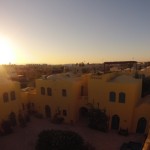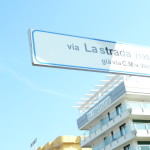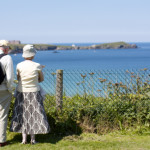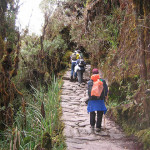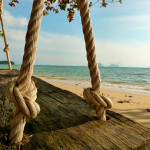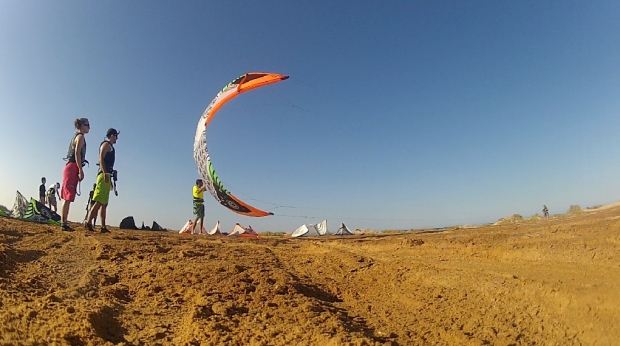
Following my last post and the lovely time I had visiting the Red Sea Resort town El Gouna in Egypt, I’d recently decided to return to continue what I had previously started… Kiteboarding! I decided to go back for proper lessons after getting a real feel for the sport earlier in the year, and this time I’d attempt to become an Independent Kiter.
I choose to return to El Gouna as my preferred destination to learn to Kite for three reasons:
Firstly, the Resort town…
I’ve mentioned before that El Gouna is a very special resort town. Surrounded by desert and ocean, it is supremely quiet and peaceful with glorious sunsets and general surroundings I find very inspiring. The backdrop is simply unmatched.
Secondly, alternative activities on no-wind days…
From time to time you get a day of near-zero wind speed, meaning there isn’t enough wind to kite. When you’re learning you really want 12+ knots, and once you’re riding you ideally need in excess of 15 knots. Luckily El Gouna has a wealth of activities to enjoy on no-wind days – everything from scuba diving, snorkeling to horse-riding and stand up paddling. There’s also the option of hanging out on your Hotel’s private beach or by the pool (and bar!). The upshot is that if you’re travelling with someone that’s not kiting, there’s plenty to keep them busy.
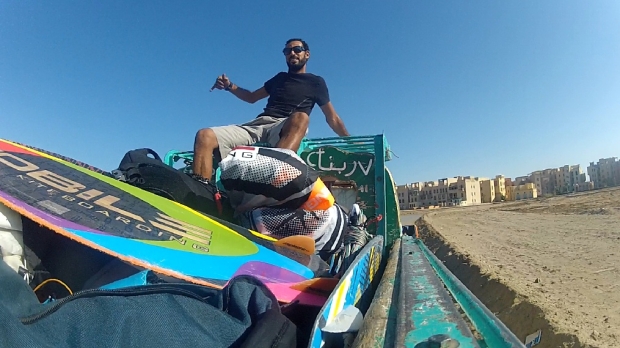
Aside from daytime activities, El Gouna also has lively evening entertainment – live music on the beach and plenty of restaurants, bars and ‘Happy hours’ to enjoy.
Thirdly, the wind and sea conditions…
El Gouna has great kiting wind for most of the year; the “side-on-shore” wind that is associated with that part of the country makes for an excellent environment to learn in. The sea is also an important factor: El Gouna has plenty of lagoons which, being flat (ie. having no discernable waves), are excellent places to learn to ride. The water is warm and you don’t need a wet suit for most of the year (only during the winter months when the temperature drops low enough to require it).
There is plenty of space for kiting, and therefore you’re not limited to a single beach area prone to overcrowding, as is the case with some kiteboarding spots elsewhere in the world.
Even without these perfect conditions you could still learn to fly your kite, but since you’re learning a technical sport with many subtleties, it just makes life a bit easier.
So, what does a Kiteboarding course involve?
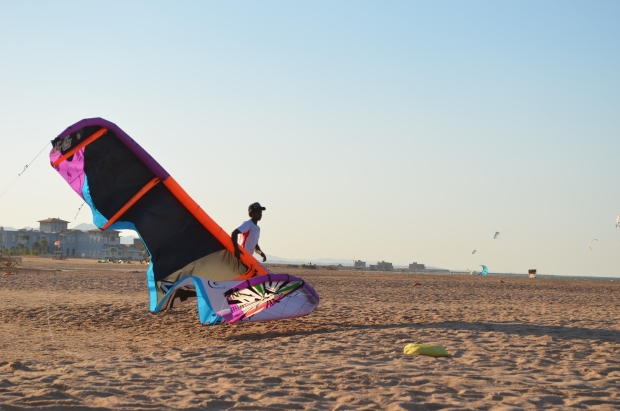
The course is about acquiring specific skills in order to become an “Independent Kiter”, allowing you to rent gear to go kiting anywhere in the world. In essence, it’s a grounding in controlling the kite, know the safety procedures surrounding the sport and ensuring you’re not a hazard to everyone kiting around you!
Course skills include –
- Basic Flying Skills and Safety (Kite control)
- Advanced Flying Skills (Launch + re-launching the kite)
- Water Start
- Riding (Ride and stop in both directions)
To acquire these skills you need approx. 6 – 10 hours of practice with a private instructor (depending on your rate of progress). I opted for a private instructor as you get personal attention and progress tend to be faster, possibly saving you money in the longer term.
I managed to finish my course at RedSeaZone Watersports Academy on Northern Mangroovy Beach whilst at El Gouna.
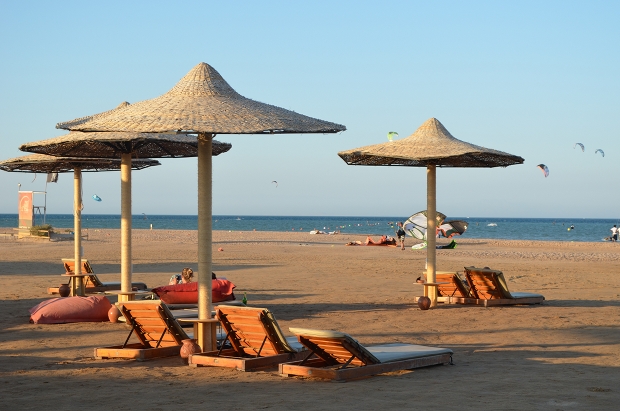
Here are a few tips for anyone who wants to learn to kiteboard –
1. Gear
- Board shorts, quick dry force type water shirt (you’re in the sun all day and wearing a harness), water shoes (walking over shells or coral, you don’t want to be stepping on anything sharp).
- Sunglasses with cord – you even get floating ones. When you’re learning kite control you’re looking into the sun for much of the time, and you could easily lose your glasses (particularly during a water start) until you get the hang of it.
- You will be given a harness, a board, kite and bar. This will be provided by the Kite School. Also, you learn with a helmet to ensure your safety.
2. Preparation
To save yourself some learning time, you could watch a DVD to help give a basic understanding of an often technically tricky sport – the more you understand in advance, the easier it should be to start riding! Try: Progression Kiteboarding Beginner (2nd Edition).
3. Accommodation
I stayed at the Fanadir Hotel, a short stroll from the Kite School, so it was easy for me to get up really early if required to get the best wind (which is usually found early morning, before the tide gets low).
4. Kiteboarding culture
Local kite schools often host social activities in the evenings – part of the fun of learning to Kite is everything that accompanies it. At RedSeaZone they have areas to relax whilst waiting for the next lesson, and a bar and music playing all day, a fun way to relax after 3 hours in the water. They also have live music and BBQ evenings for students and teachers/ staff to enjoy together.
5. Have fun!
It’s a fun sport to learn – and controlling the big kite, riding and enjoying the adrenaline kick associated with the sport are most exciting when experiencing it for the first time. Your first few hours will be a blast!
Most of the trip to El Gouna was self-funded. However, Kiteboarding course and accommodation was sponsored.

